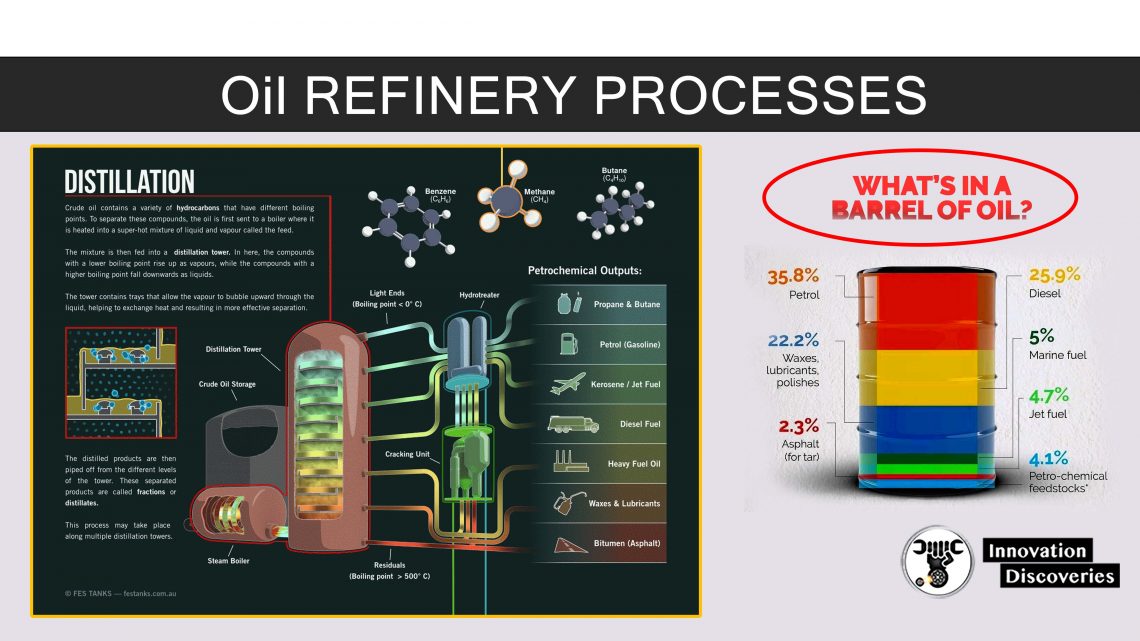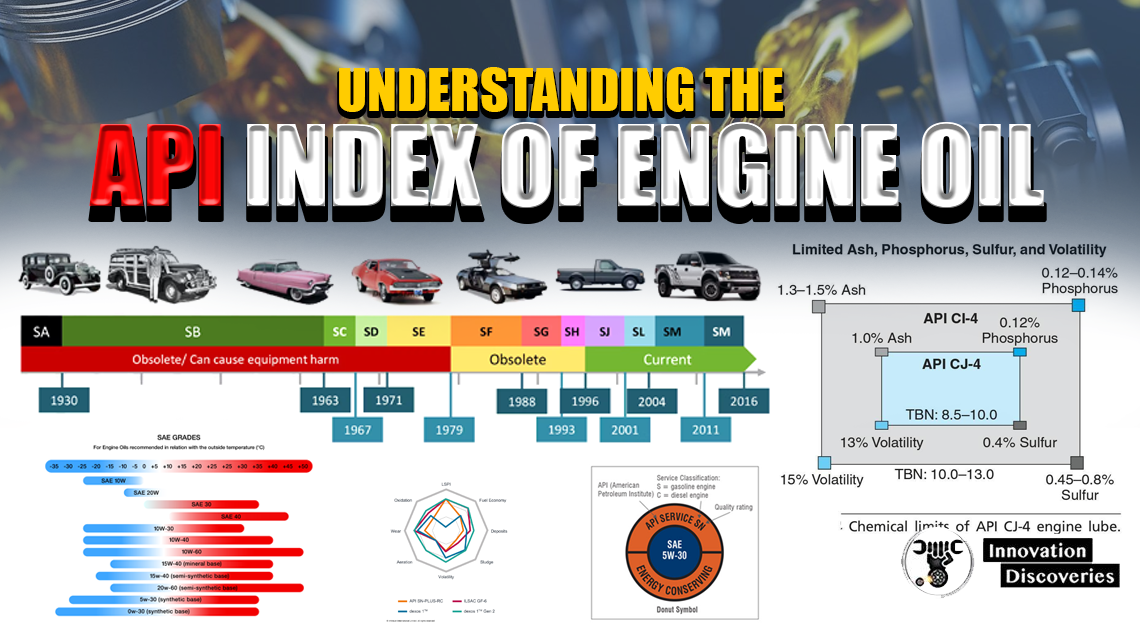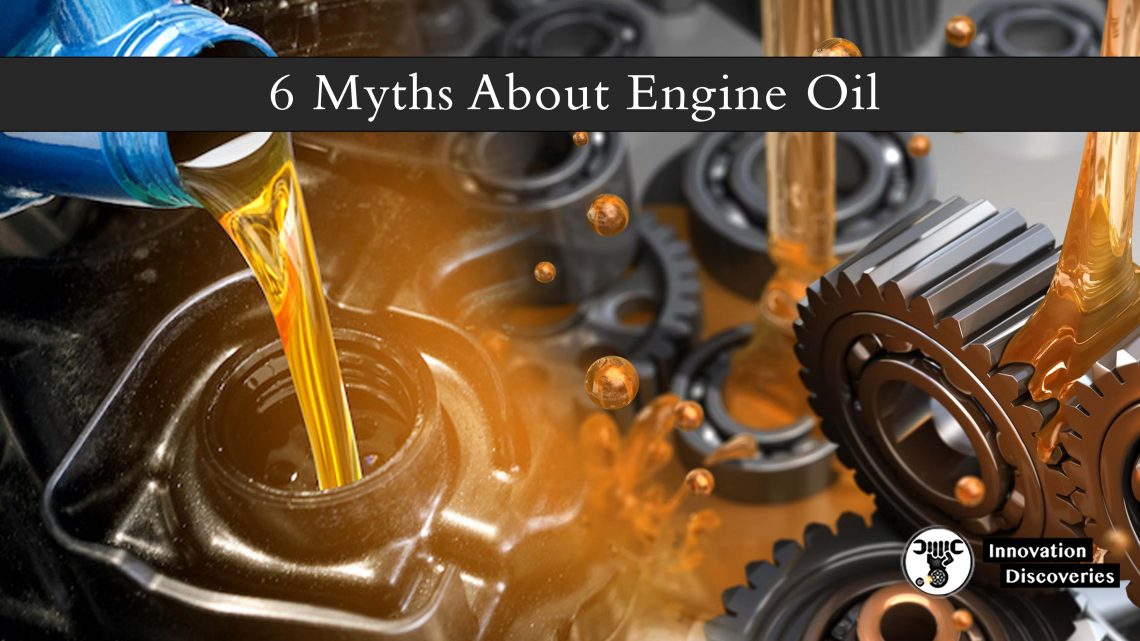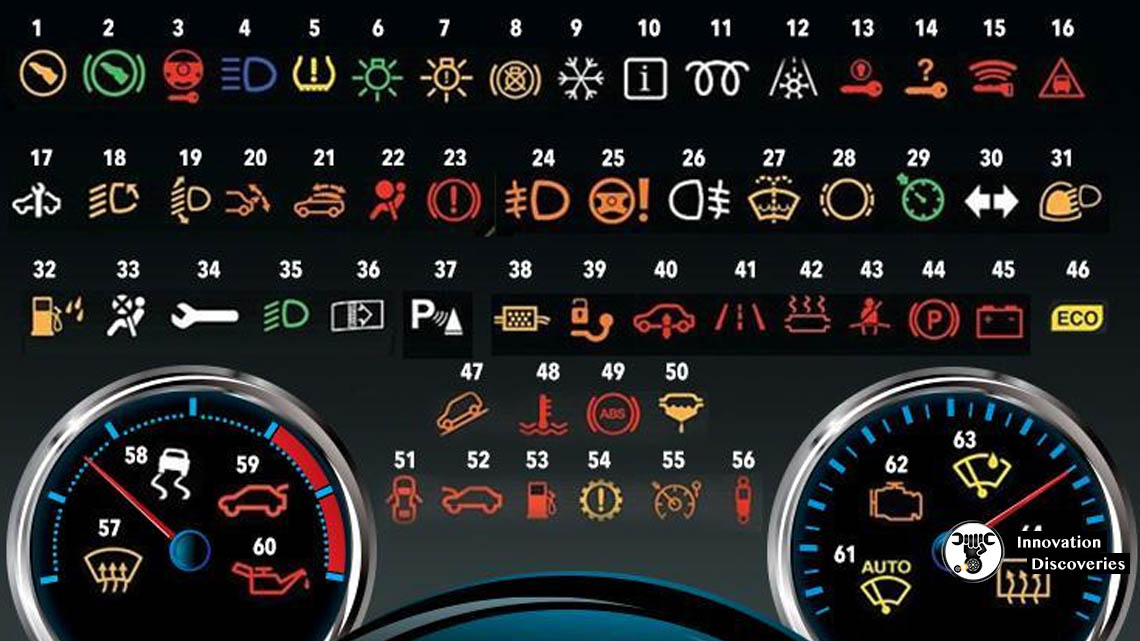
Introduction:
Oil grades play a crucial role in ensuring the smooth operation and longevity of engines. However, understanding the complexities behind these grades can be challenging for many. One particular aspect that often causes confusion is the meaning behind the “W” in oil grades. Contrary to popular belief, it does not stand for weight but rather represents winter.
This article aims to provide a comprehensive explanation of oil grades, shedding light on the significance of the “W,” the impact of temperature on oil viscosity, and the evolution of oil grades in modern automotive engines.
By gaining a deeper understanding of these concepts, readers can make informed decisions about selecting the appropriate oil grade for their engines, ensuring optimal performance and durability.
The Meaning Behind the “W” in Oil Grades
One common misconception when it comes to oil grades is the meaning behind the “W.” Contrary to popular belief, the “W” does not stand for weight; it actually represents winter. The number preceding the W indicates the oil’s viscosity or thickness and measures its flow at a temperature of -17.8 degrees Celsius.
For instance, a 5W-30 oil will be less prone to thickening than a 10W-30 oil but thicker than a 0W-30 oil. On the other hand, the second number after the W denotes the oil’s viscosity at 100 degrees Celsius, illustrating its ability to resist thinning under high temperatures.
Low temperatures = Thicker
High temperatures = Thinner
Visualizing Oil Behavior with Temperature
To better grasp how oil reacts to temperature variations, imagine pouring cooking oil into a frying pan. Initially, when the oil is cold, it tends to be quite thick.
However, as the pan heats up, the oil gradually becomes thinner and more runny. This simple analogy serves as a helpful reminder that oil thickens in low temperatures and thins out in high temperatures.
The Evolution of Oil Grades
In modern automotive engines, monograde oils like SAE 30, 40, and 50 are no longer commonly used. However, they may still find application in vintage or classic engines that require specific formulations. Straight SAE 30 oil, for example, remains popular for smaller air-cooled engines found in lawnmowers, garden tractors, and portable generators.
The following chart provides an overview of various oil grades and their recommended usage in relation to outside temperature ranges.
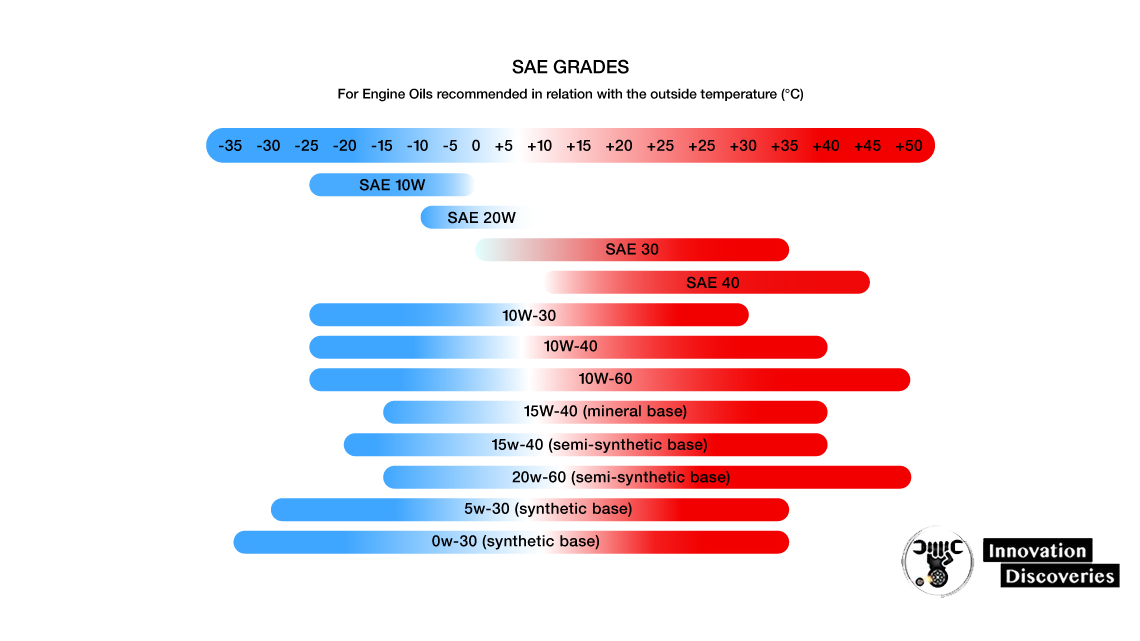
In conclusion,
Understanding oil grades is essential for maintaining optimal engine performance. By grasping the significance of the “W” in oil grades, recognizing how oil viscosity changes with temperature, and being aware of the appropriate oil grade for specific engines and weather conditions, vehicle owners can ensure proper lubrication and longevity for their engines.
Discover More:
Visit Forum
Visit Our Friendly Website


